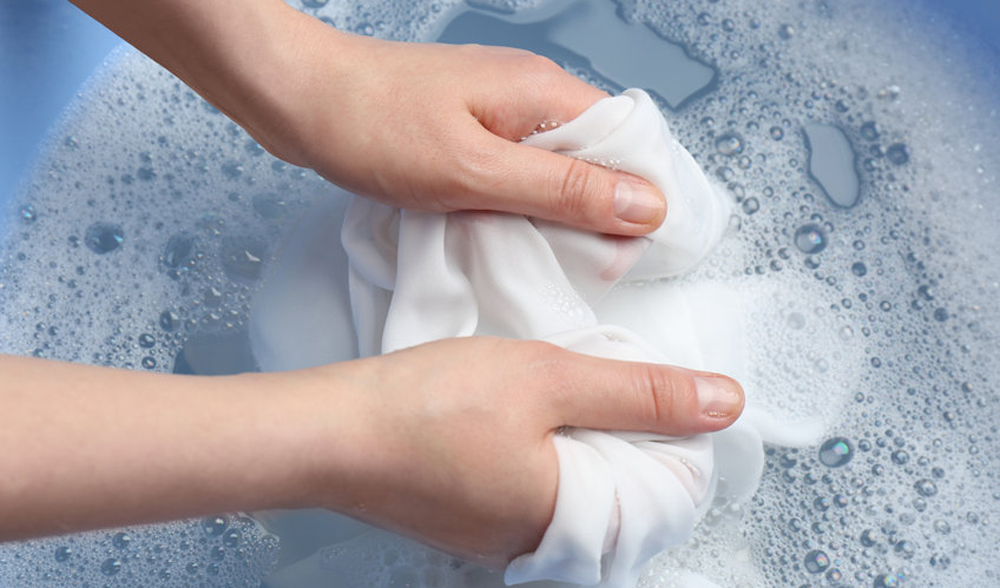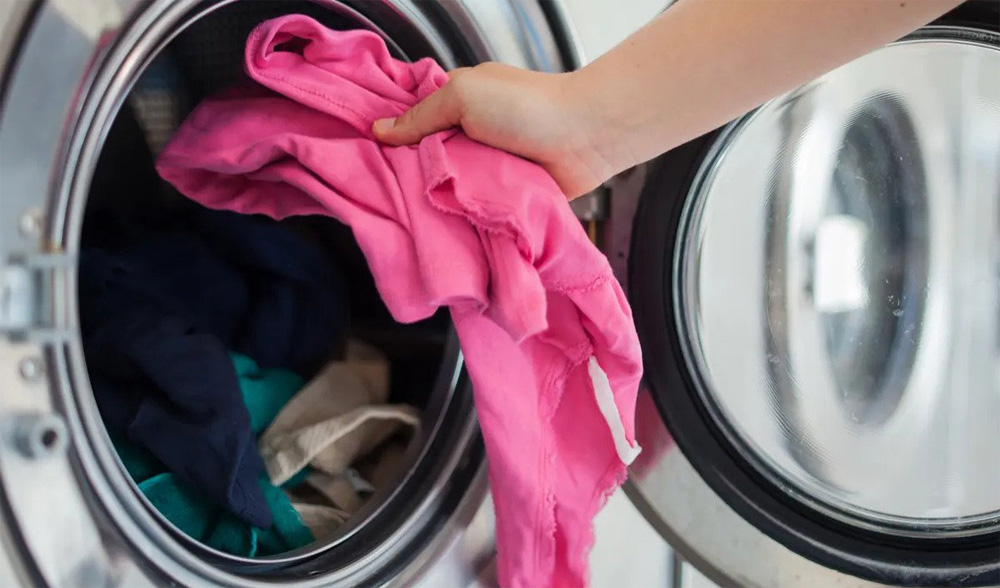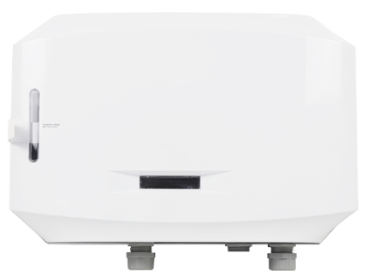
While many people are becoming increasingly aware of the detrimental additives found in their food, cosmetics, and personal care items, the potential risks associated with laundry products are frequently overlooked. Nevertheless, typical laundry detergents and fabric softeners can leave chemical residue on clothing that can be easily absorbed by the skin, similar to a sponge that soaks up whatever it comes into contact with.
The use of these chemicals can deplete natural oils from your skin and result in a range of issues, varying from minor irritation to severe allergic reactions. Those with sensitive skin or allergies can be particularly affected by typical laundry detergents, which can lead to irritation, inflammation, or eczema flare-ups. Synthetic fragrances, optical brighteners, and other harsh components are often to blame for these detrimental effects.
Have you ever questioned the ecological effects of laundry detergents? Are there alternative options to standard detergents that are more eco-friendly? We have all the information you need on this matter.
For most of us, doing laundry is an everyday chore that we don't give much thought to. However, have you ever considered where the water used in the process goes? While some water is absorbed by the fabrics, the remaining water has to go somewhere. The reality is that doing laundry can have a surprisingly significant environmental impact.
After doing laundry, the majority of the water utilized in the process flows down the drain and eventually reaches a wastewater treatment facility. At these facilities, the water undergoes various filtration processes before being released back into the environment, such as rivers or oceans. Alternatively, the water can be repurposed for different uses such as irrigation or industrial applications.
The efficiency of this process can vary depending on the location, with certain areas utilizing advanced technological methods like membrane filtration to clean wastewater before releasing it back into the environment. Despite the removal of larger contaminants, detrimental chemicals such as phosphates (which are frequently found in conventional detergents) can still find their way into waterways.
It is worth mentioning that not all the water utilized during laundry is directed to a wastewater treatment facility. A portion of the water evaporates from the washing machines and enters the atmosphere. To decrease this environmental effect, it is advisable to use a hypoallergenic and eco-friendly laundry detergent that is free of harsh components such as phosphates.
Moreover, opting for cold-water washes instead of hot-water washes will decrease energy consumption and assist in reducing your carbon footprint.

Numerous typical detergents sold in stores are packed with hazardous chemicals that can jeopardize the well-being of humans, pets, and the environment. To improve human and environmental health, it's imperative to steer clear of these harmful chemicals. Below are a few of the unnecessary components that are often added to leading laundry detergent brands to enhance their appeal or effectiveness:
The synthetic dyes that are added to laundry detergent products by companies do not contribute to any cleaning efficacy. Instead, they often trigger various allergic reactions and skin irritation.
Chlorine bleach is a prevalent component in several laundry products, and some people even add more to their laundry. However, bleach is highly corrosive and can provoke irritation to the skin, eyes, and respiratory system.
Phosphates have been associated with cardiovascular disease, osteoporosis, and mortality. Furthermore, phosphates have a substantial impact on aquatic life, which will be discussed later on.
Using scented laundry detergent not only leaves your clothes smelling fresh but also spreads a laundry scent throughout your home. Nevertheless, numerous fragrance chemicals have been associated with cancer, hormone disruption, and other chronic health issues. These fragrance chemicals can provoke skin irritation, resulting in redness, burning, itching, and rashes. Additionally, they can trigger eczema flare-ups and exacerbate psoriasis.
Optical brighteners are artificial chemicals included in regular detergents to make clothes appear whiter and brighter. However, they do not provide any actual cleaning benefits and can remain in fabrics long after washing, potentially causing a reaction. Some optical brighteners are known carcinogens and hormone disruptors, posing a significant risk to marine life.
SLS and SLES are commonly utilized chemicals in laundry detergents to eliminate dirt and stains from garments. However, these chemicals are also known to cause skin, eye, and lung irritation, as well as internal organ damage.
Big-brand detergents often use 1,4-dioxane as a solvent. Exposure to this chemical can cause nausea, drowsiness, headache, and irritation of the eyes, nose, and throat, according to the U.S. Environmental Protection Agency (EPA). 1,4-dioxane can be absorbed through the skin, lungs, and gastrointestinal tract. The EPA classifies 1,4-dioxane as a Group B2 probable human carcinogen.
According to the National Institutes of Health (NIH), 1,4-dioxane has been shown to cause cancer in animal studies and is therefore "reasonably expected to be a human carcinogen".
Studies conducted by experts suggest that 1,4-dioxane can accumulate in the body over time, similar to the notorious pesticide DDT. Additionally, it has been found to accumulate in the environment as well.

While the detrimental effects of garbage debris in our oceans and the harm it does to marine life is well-known, another danger is often overlooked - the aftermath of ingredients used in everyday household items such as traditional laundry detergents.
As these products are disposed of through our drains, they end up in water bodies such as rivers, lakes, and oceans, polluting them and endangering marine life. The runoff from laundry detergents, for example, containing phosphates, leads to algal blooms that deprive aquatic animals of oxygen.
Given the current state of the environment, it is crucial to take action to protect the planet, and one way we can contribute is by adopting eco-friendly laundry practices. Consider washing clothes in cold water, air drying them whenever possible, and using a 100% biodegradable laundry detergent to reduce your impact on the environment.
To minimize energy consumption and water usage, it is recommended to wash clothes in cold or warm water rather than hot. The majority of energy consumed during laundry is used for heating water. Using modern detergents that are designed to work effectively in colder temperatures can achieve cleanliness without sacrificing sustainability. Moreover, washing clothes in cold or warm water can help preserve their appearance and prevent shrinkage due to heat. This practice can also lead to cost savings on electricity bills.
Ozone laundry is an eco-friendly solution to get rid of traditional chemical detergents. Ozone is a highly effective oxidizing agent. The use of ozonated water created by the dissolution of ozone in water can provide multiple cleaning factors in the laundry process. Using ozone in laundry can reduce the demand for chemicals without adding any harmful substances. And the long-term use of ozone laundry can lead to a significant savings. Ozone laundry can reduce the environmental impact of traditional laundry. In addition, because of its instability, heat can cause and accelerate the braking down of ozone in the water. Therefore, ozone laundry is more suitable to be used with cold water. And the colder the water, the more efficient the ozone mass transfer and the better the laundry effect will be.
Line drying clothes is a traditional yet eco-friendly method of drying clothes that still holds up today. This method eliminates the need for an electric or gas dryer, which consumes a significant amount of energy and contributes to your carbon footprint. It also helps clothes last longer by reducing wear and tear caused by tumbling in the dryer. Additionally, if you live in a sunny area, line drying can give your clothes a pleasant natural scent instead of the artificial scent from dryer sheets.
You can easily make your laundry routine more eco-friendly with just a few simple changes! Wash with cold water whenever possible; line dry clothes when you can, and use ozone laundry instead of traditional laundry. Doing so will help reduce your home’s carbon footprint while ensuring that your clothes remain clean without harming the environment around you. Choosing ozone laundry is one small step we can all take towards reducing our environmental footprint while also protecting ourselves from potential health risks associated with conventional laundry products. Check our Eco Ozone Laundry System and Contact Us for more information.

Green Land Yinghai International Building B,
Baohe District, Hefei,
Anhui, China, 230002
© O₃ Eco Laundry 2024 | Sitemap | Privacy Policy | Terms of Service